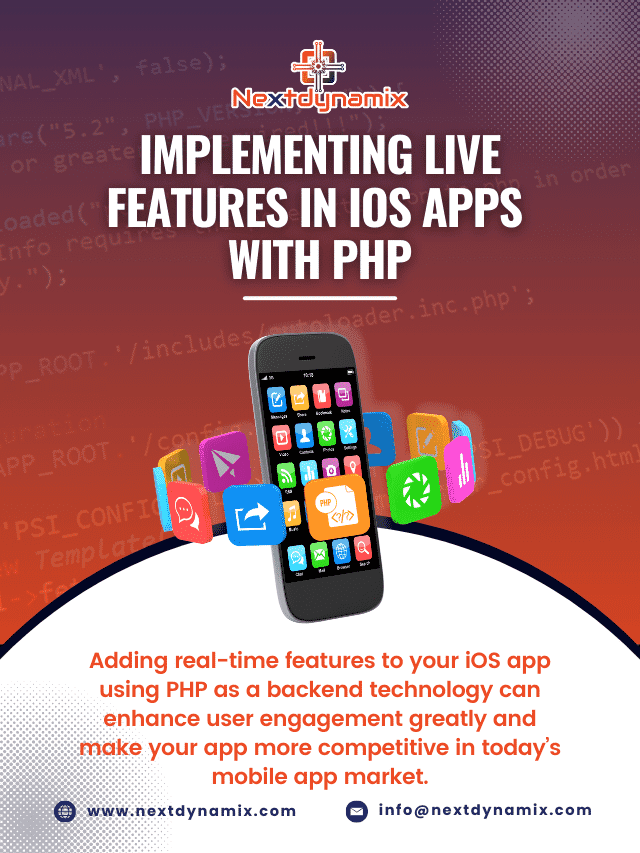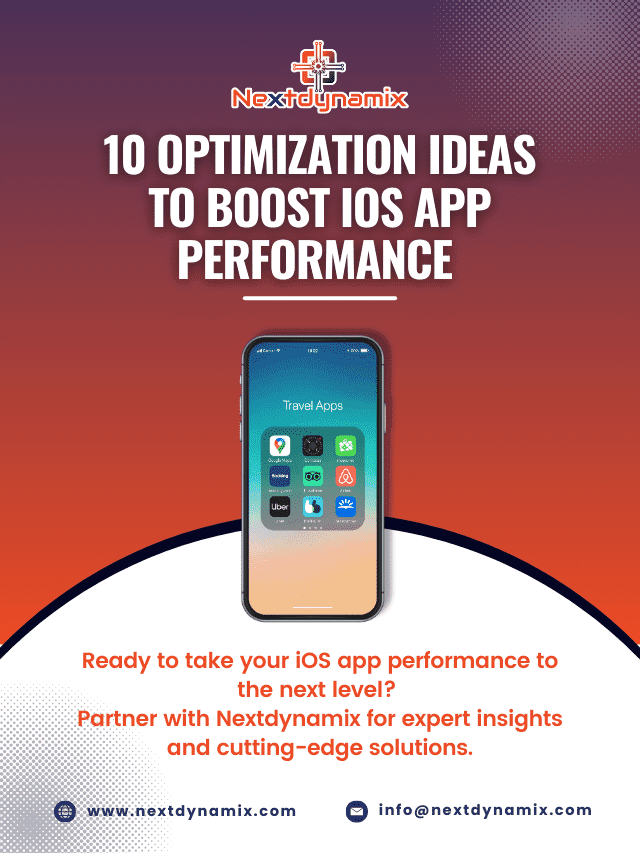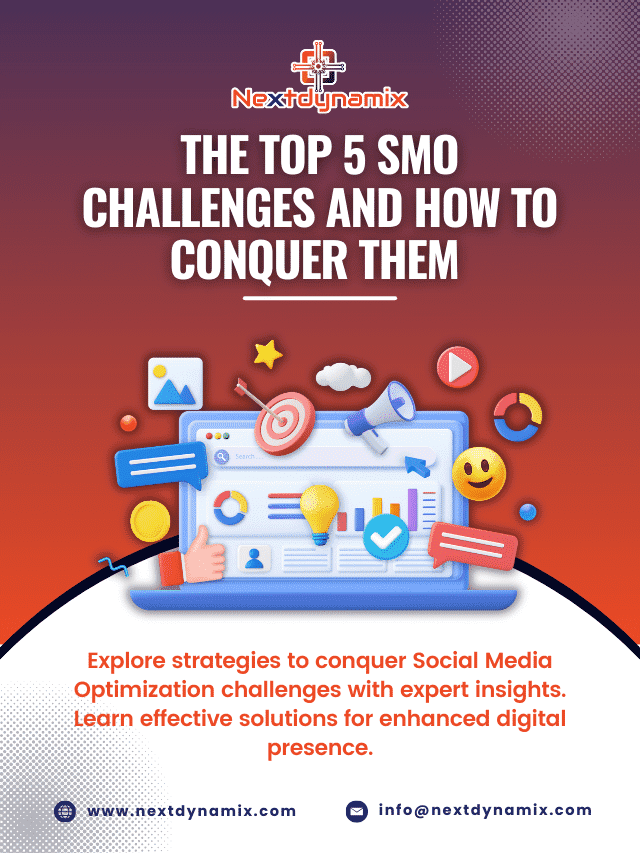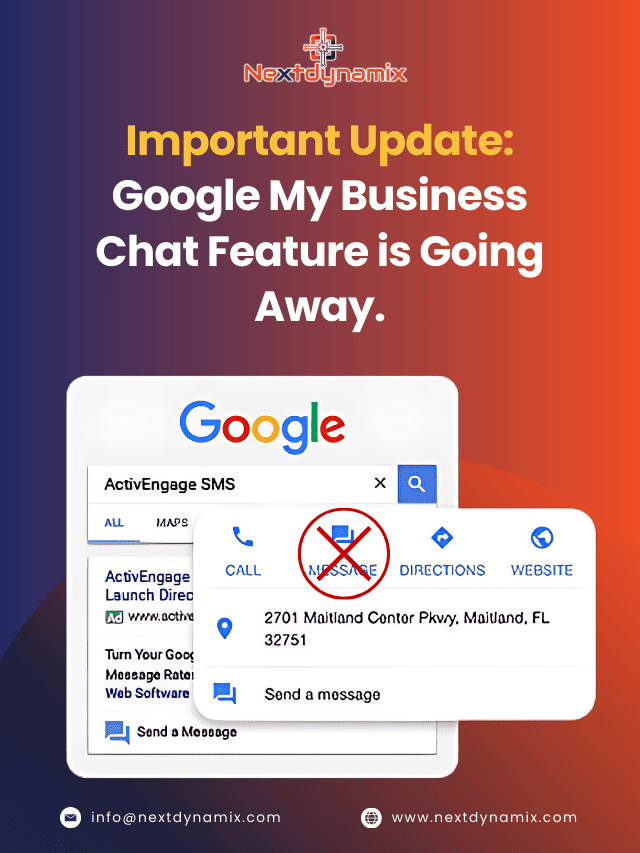10 Optimization Ideas to Boost iOS App Performance
Every software and application requires some extra effort to get the best result and enhanced work performance with an engaging user experience. That’s why small to large-scale industry comes to our iOS app development services with their specific needs in mind. And we create and provide them with exactly what they want. Still, it is mandatory to manage and optimize your iOS app to make the performance work better.
So, in this blog post, we’ll explore ten performance optimization ideas to help you boost the performance of your iOS app and keep your users engaged and satisfied.
Profile Your App
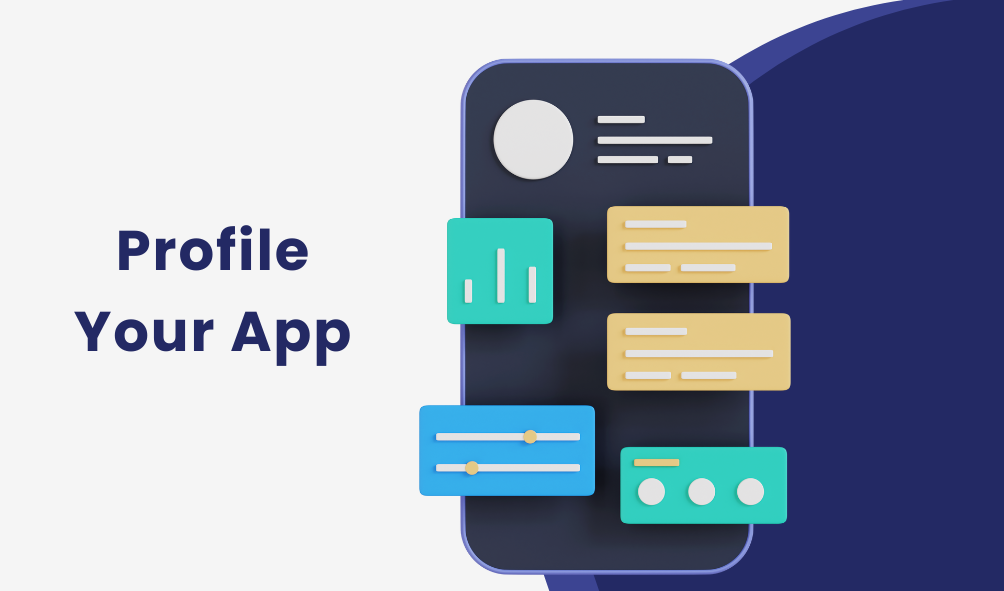
Before diving into optimization techniques, it’s essential to understand where your app’s performance bottlenecks are. Profiling your app using Xcode’s built-in Instruments tool is an excellent way to identify areas that need improvement. Instruments can help you monitor CPU and memory usage, network activity, and more. You can make informed decisions on where to focus your optimization efforts by pinpointing specific issues.
Optimize Images and Assets
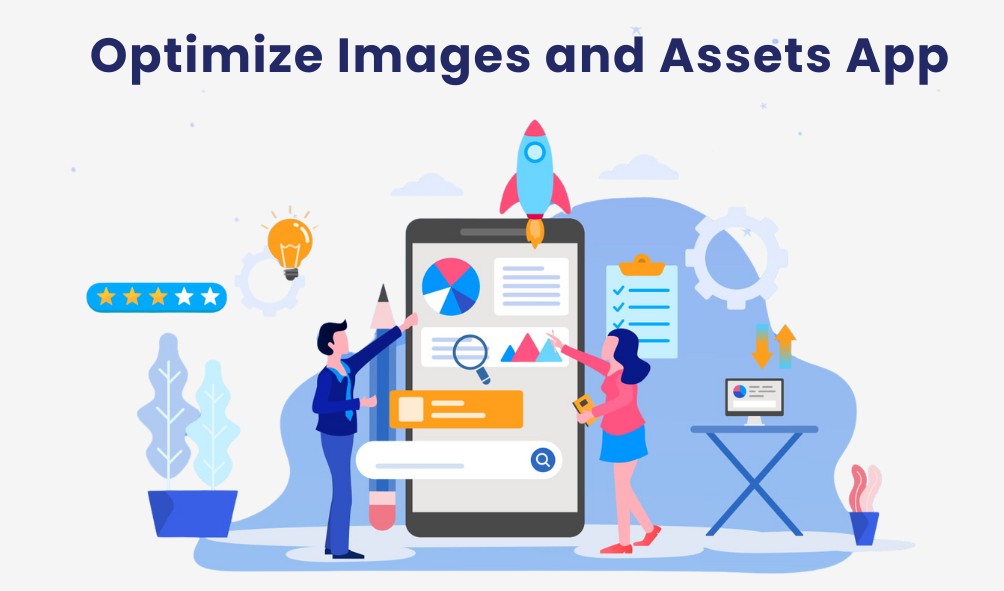
Images and other media assets can significantly impact an app’s performance. To ensure your app runs smoothly, follow these best practices:
- Use the appropriate image format (JPEG, PNG, or WebP) for each asset.
- Compress images to reduce file size without sacrificing quality.
- Implement lazy loading to load images only when they are needed.
- Use asset catalogs and app slicing to deliver the right assets for different device resolutions.
By optimizing your app’s assets, you can reduce memory usage and improve load times.
Efficiently Manage Memory
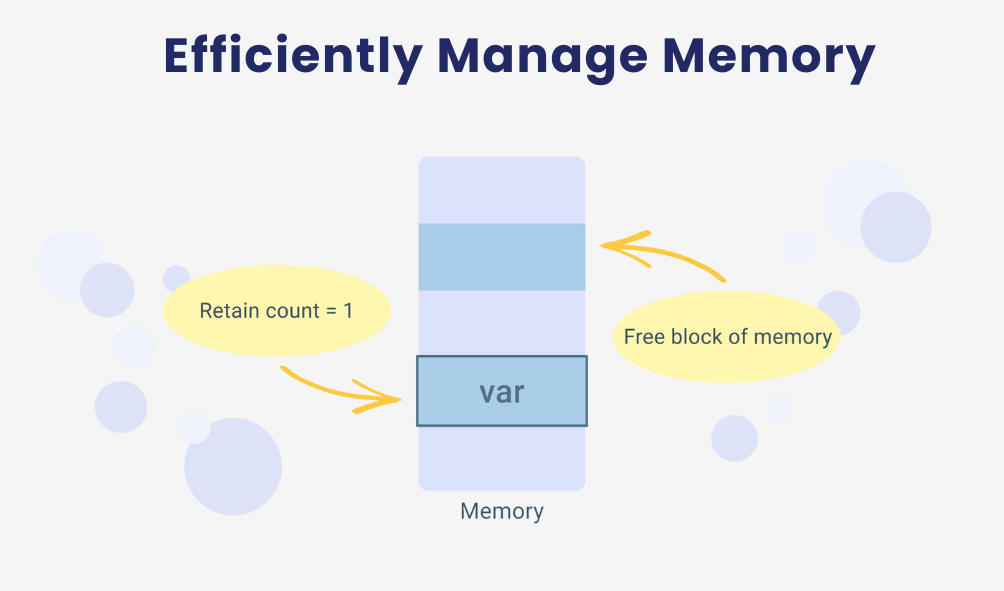
Memory management is crucial for a stable and responsive iOS app. To optimize memory usage:
- Use Automatic Reference Counting (ARC) to manage memory automatically.
- Profile and address memory leaks using tools like Instruments.
- Implement object pooling for frequently created and destroyed objects.
- Minimize the use of singletons, as they can lead to retained objects.
Effective memory management ensures your app doesn’t consume excessive resources, leading to better performance and user satisfaction.
Background Processing
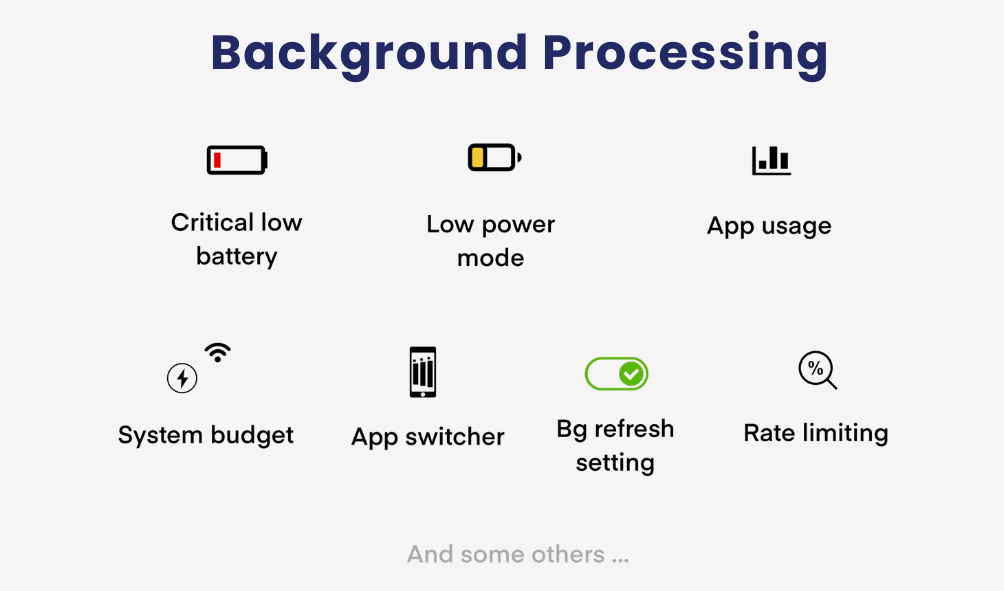
To provide a smooth user experience, consider offloading resource-intensive tasks to the background. You can use Grand Central Dispatch (GCD) or Operation Queues to manage concurrent tasks efficiently. For example, downloading and caching data, image processing, and database operations can all be handled in the background, allowing the main thread to remain responsive.
Optimize UI Rendering
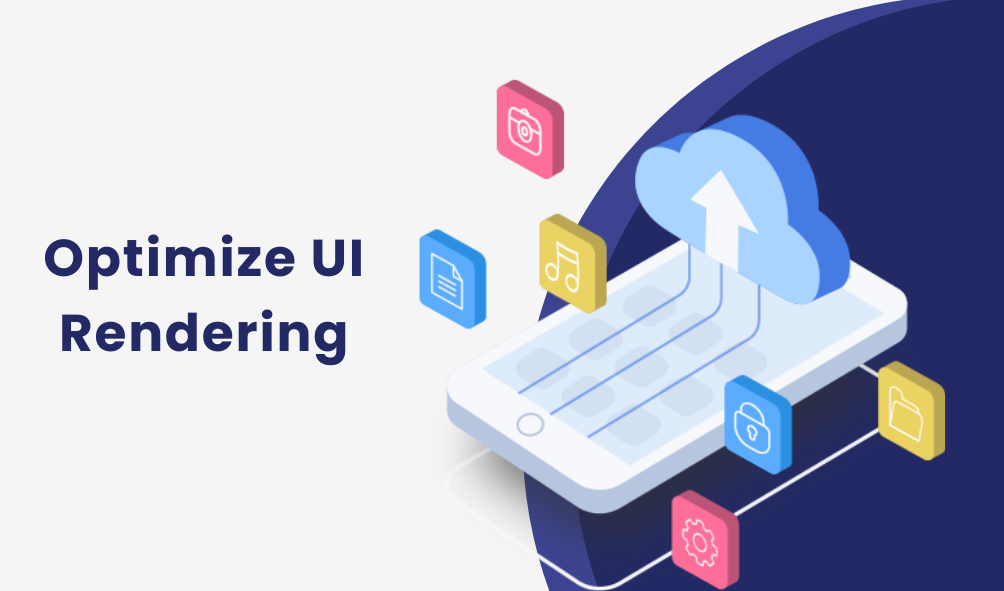
A responsive user interface is crucial for user satisfaction. To optimize UI rendering:
- Use Core Animation for smooth animations and transitions.
- Implement efficient layout and constraints to avoid unnecessary recalculations.
- Minimize the number of subviews and layers within your UI components.
- Utilize reusable cells in table views and collection views to reduce memory usage.
You can maintain a fluid user experience even on older iOS devices by ensuring efficient UI rendering.
Network Efficiency
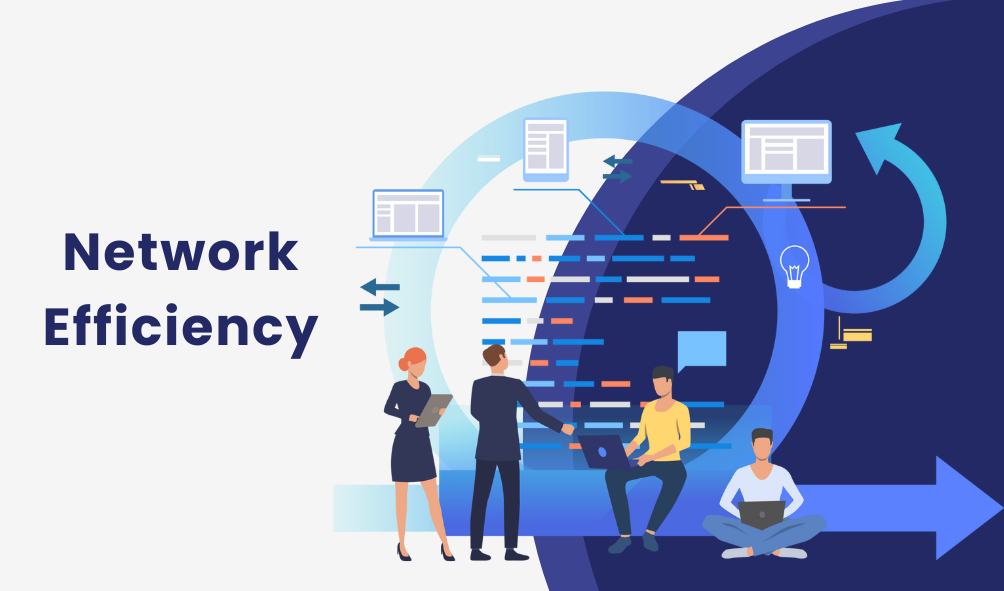
Network-related issues can significantly impact app performance, especially when dealing with slow or unreliable connections. Here’s how to optimize network operations:
- Use URLSession or third-party libraries like Alamofire for efficient network requests.
- Implement request cancellations and timeouts to prevent stalled requests.
- Utilize background downloads and uploads for large files or data synchronization.
- Compress data, when possible, to reduce bandwidth usage.
Efficient network operations not only improve performance but also conserve the user’s data plan and battery life.
App Threading
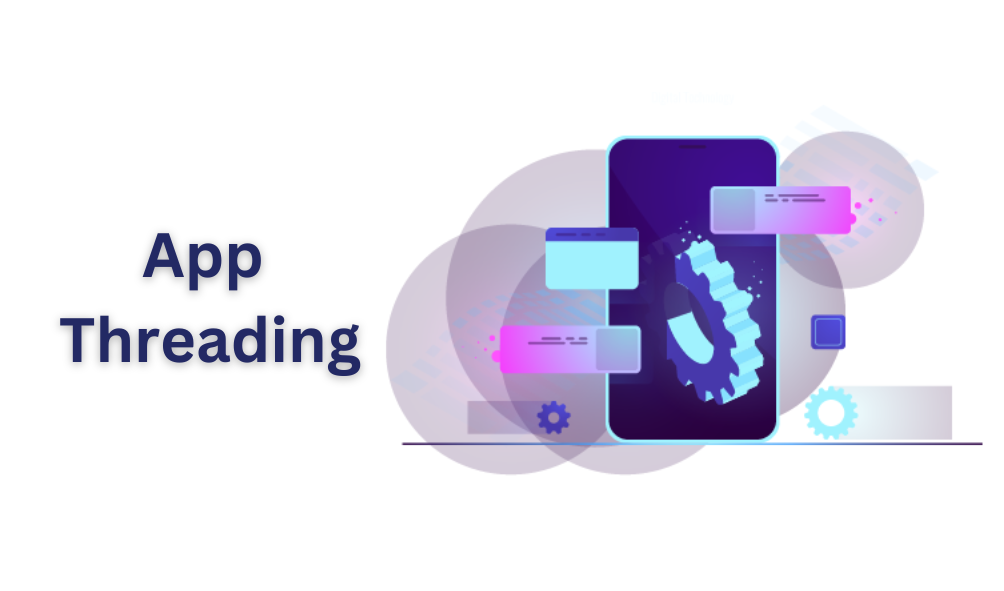
iOS provides multiple threads for handling different aspects of your app’s operation. To optimize threading:
- Perform UI updates on the main thread to maintain responsiveness.
- Offload non-UI tasks to background threads using GCD or Operation Queues.
- Implement thread safety and synchronization to prevent data corruption.
- Consider using DispatchQueue’s QoS (Quality of Service) to prioritize tasks appropriately.
Balancing thread usage ensures that your app remains smooth and responsive, even under heavy workloads.
Code Profiling and Optimization
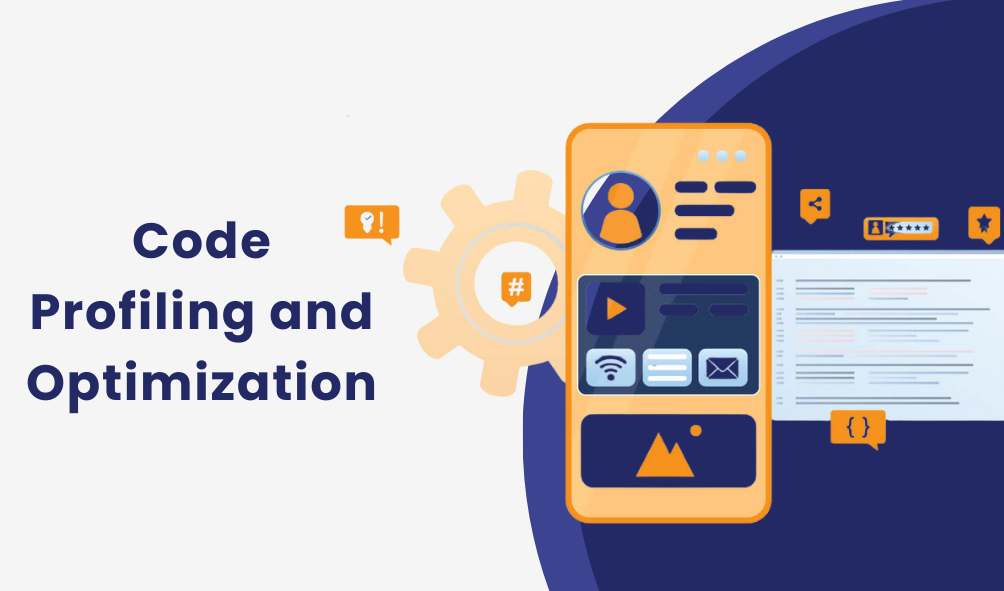
Reviewing and optimizing your code is an ongoing process. Here are some code-specific optimization strategies:
- Eliminate unnecessary loops and function calls.
- Replace heavy algorithms with more efficient alternatives.
- Reduce the use of global variables and constants.
- Profile your code with Instruments to identify performance bottlenecks.
Regularly reviewing and optimizing your codebase can help with significant improvements in your app’s performance.
App Launch Time
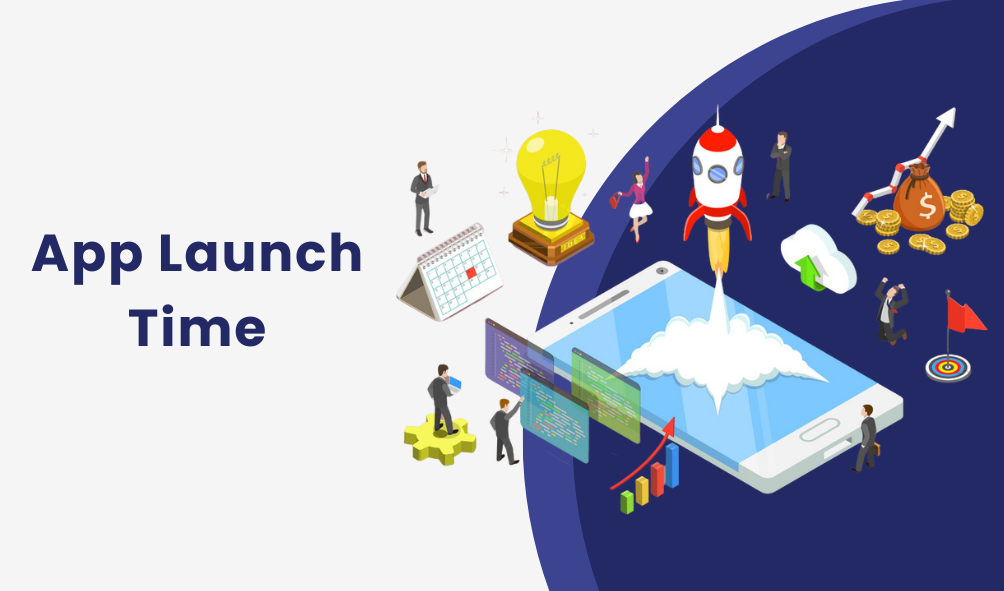
First impressions matter, and a slow app launch can deter users. To optimize app launch time:
- Minimize the use of third-party libraries that may delay startup.
- Use lazy loading to defer the initialization of non-essential components.
- Optimize the app’s initial view controller to load quickly.
- Utilize background processing to complete non-essential setup tasks.
A faster app launch can greatly enhance the user experience.
Battery Life Optimization
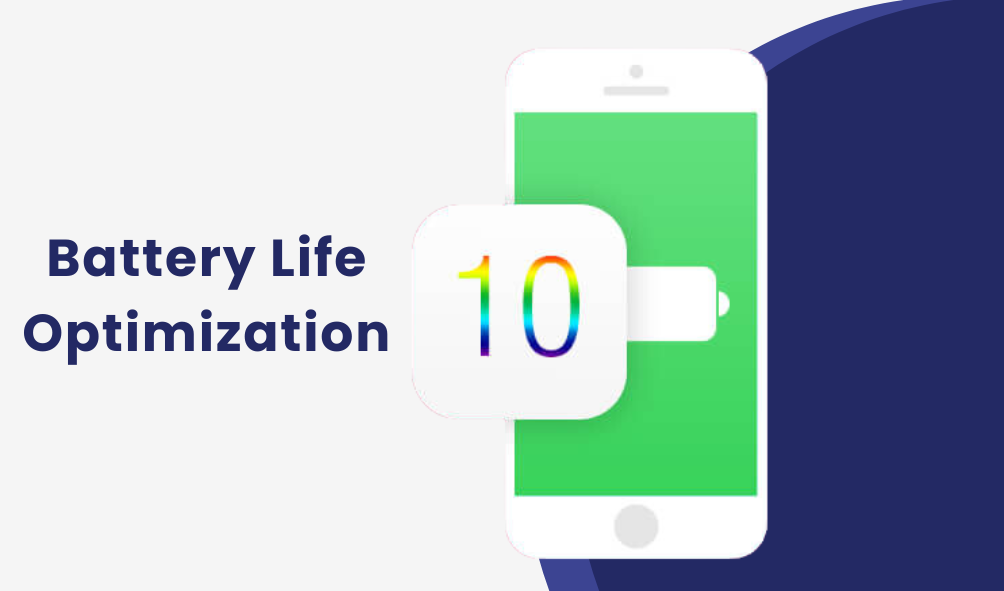
Efficient app performance also means conserving the user’s device battery. To optimize for battery life:
- Minimize background activity and background location updates.
- Implement App Nap and Energy Efficiency diagnostics to identify power-hungry components.
- Use push notifications instead of polling for updates to reduce network usage.
- Avoid unnecessary wakeups and keep background processing to a minimum.
By optimizing for battery life, you ensure that your app remains user-friendly and doesn’t drain the user’s device.
Conclusion
Optimizing the performance of your iOS app is an ongoing process that requires a combination of profiling, efficient coding practices, and a keen eye for detail. By following the ten performance optimization ideas outlined in this blog post, you can create a responsive and efficient iOS app that keeps your users engaged and satisfied. Remember that performance optimization is not a one-time task; it’s a continuous effort to ensure your app performs well across various iOS devices and versions. Stay vigilant, use the latest tools and techniques, and always strive to deliver the best user experience possible.
At Nextdynamix, We Have Pros and Peers for More Insights!
Connect with our professional web and app specialists to achieve impeccable development and seamless execution. Allow us to comprehend your industry obstacles and deliver efficient solutions, unlocking your business potential.
Contact us today for further information





